Yoga Blog
Deepen Your Yoga Poses: A Guide to Conscious Breathing Techniques
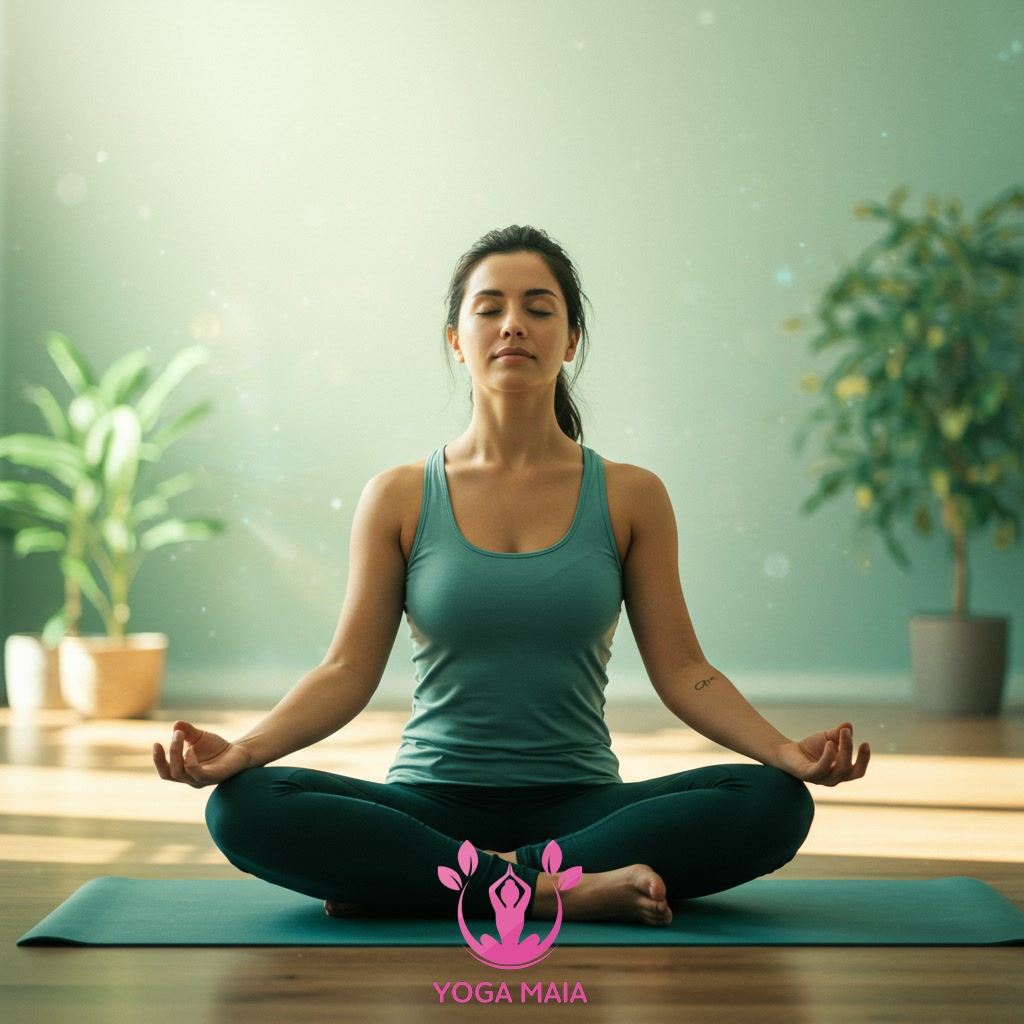
This guide focuses on using conscious breathing techniques to enhance your yoga practice. It details methods for integrating breathwork into various yoga poses to improve stability, flexibility, and body awareness. By mastering these breathing methods, individuals can achieve a deeper and more fulfilling experience during their yoga sessions. The content offers practical insights for advancing your connection within yoga through intentional respiration.
Table of Contents
- Section 1: Introduction: The Role of Breath in Deepening Yoga Poses
- Section 2: Understanding the Mind-Body-Breath Connection in Yoga
- Section 3: Key Breathing Techniques (Pranayama) for Asana Practice
- Section 4: Integrating Breath into Your Yoga Flow and Transitions
- Section 5: Applying Conscious Breathing in Specific Pose Categories
- Section 6: Benefits of Deepened Poses Through Breath Control
- Section 7: Tips for Cultivating a Consistent Conscious Breathing Practice
Section 1: Introduction: The Role of Breath in Deepening Yoga Poses
Welcome to a guide dedicated to unlocking the full potential of your yoga practice through conscious breathing. While physical postures (asanas) form a visible part of yoga, the breath is its invisible foundation, the vital link between your body and mind. In this introductory section, we explore why intentional breathing is not merely an accessory but a fundamental tool for deepening your experience on the mat. Understanding the power of your breath allows you to cultivate greater stability, release tension in challenging poses, and enhance body awareness. By consciously directing your breath, you can navigate deeper into stretches, find more ease in holding postures, and connect more profoundly with the present moment, transforming your practice from a physical exercise into a truly holistic journey.
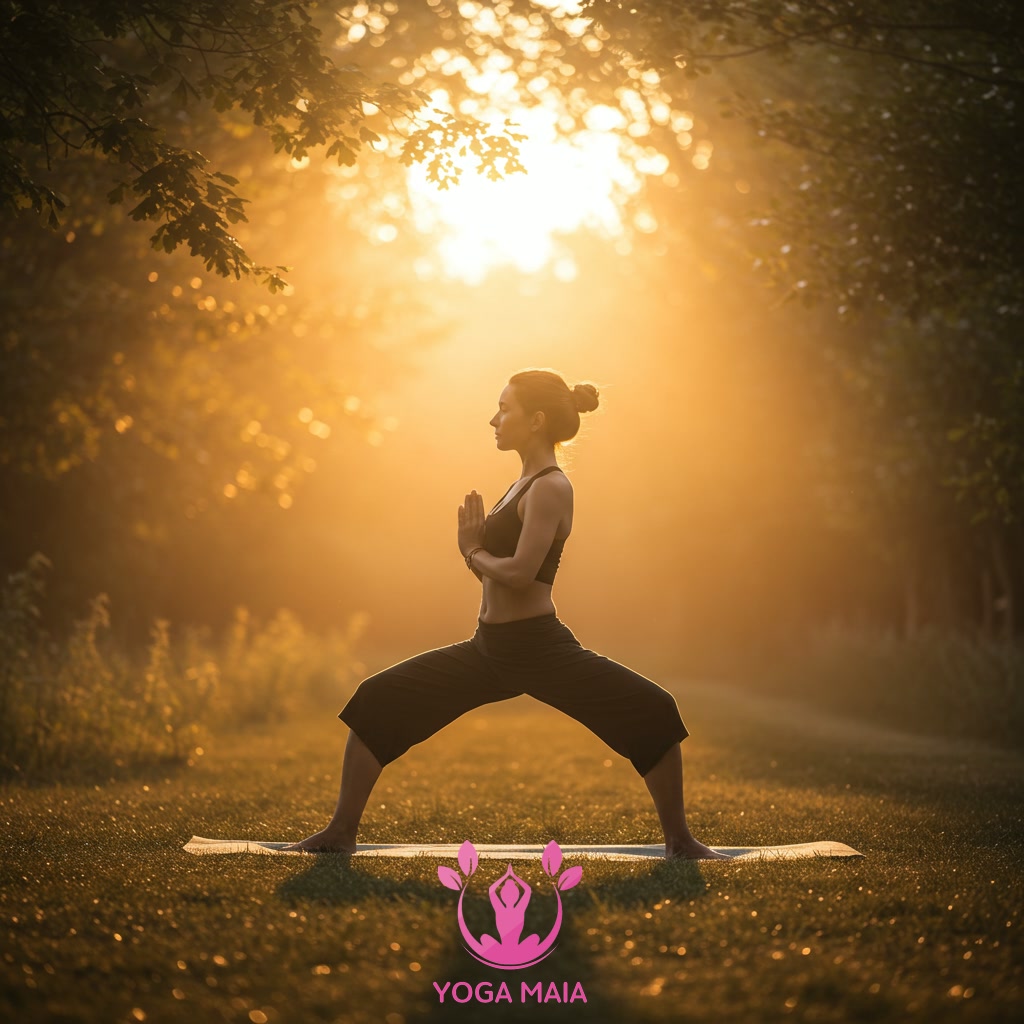 Introduction: The Role of Breath in Deepening Yoga Poses
Introduction: The Role of Breath in Deepening Yoga Poses
Section 2: Understanding the Mind-Body-Breath Connection in Yoga
Building upon the understanding that breath is the invisible core of yoga, this section delves into the profound interconnectedness of the mind, body, and breath. In yoga, these three elements are not separate entities but rather form a unified system. The physical postures (body) are influenced by our mental state (mind), and both are intrinsically linked through the respiratory process (breath). Conscious, controlled breathing acts as a vital bridge, allowing practitioners to calm the mind, increase body awareness, and deepen their physical practice. By tuning into the breath, we can observe and manage physical sensations and mental distractions, fostering a state of presence and enabling a more integrated and fulfilling yoga experience.
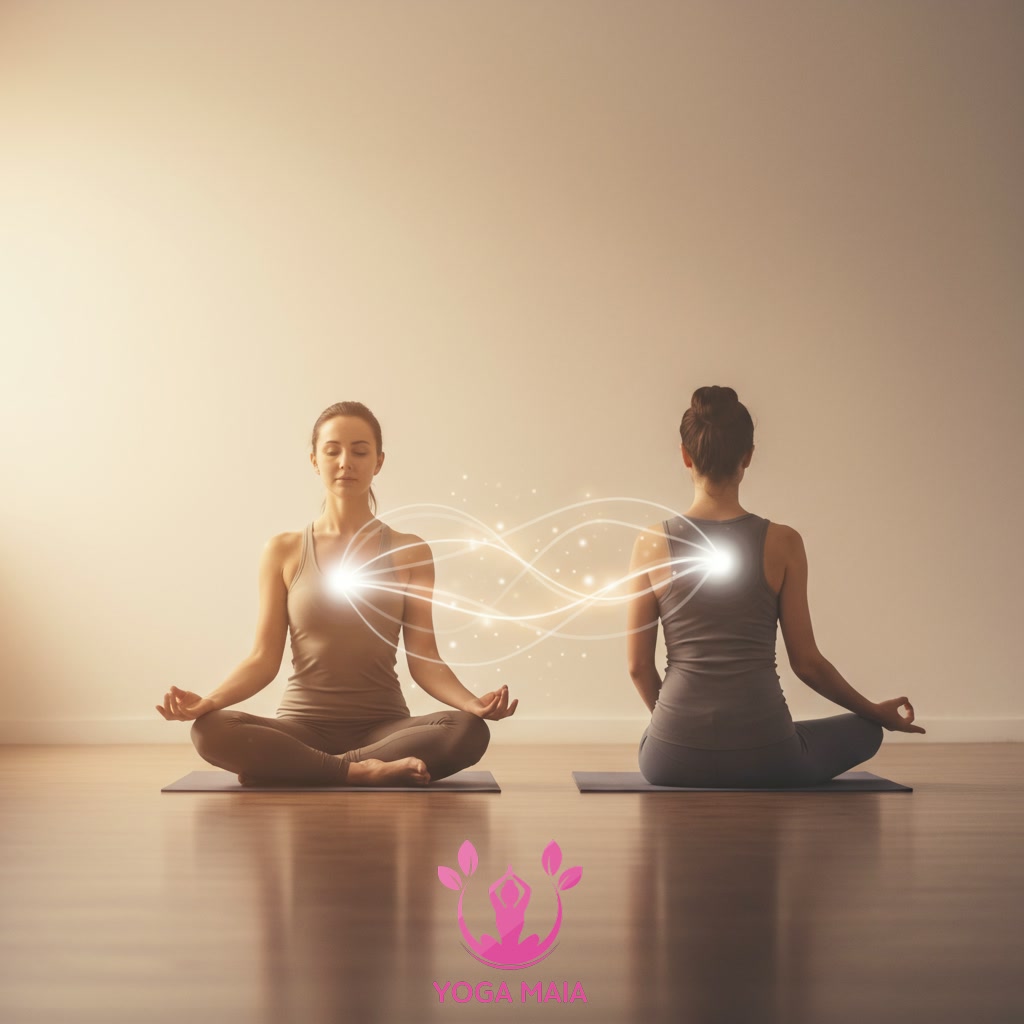 Understanding the Mind-Body-Breath Connection in Yoga
Understanding the Mind-Body-Breath Connection in Yoga
Section 3: Key Breathing Techniques (Pranayama) for Asana Practice
Building on the understanding that breath is the invisible core of yoga, specific pranayama techniques are vital tools for deepening your asana practice. Rather than just passive respiration, conscious breathing methods like Ujjayi (Victorious Breath) or Dirga (Three-Part Breath) actively support your poses. Integrating these techniques helps cultivate stability by grounding you, enhances flexibility by allowing you to move deeper with control, and sharpens body awareness. Ujjayi, for instance, creates a gentle internal heat and focuses the mind, while Dirga promotes calm and full lung capacity. By consciously directing your breath within each asana, you transform the physical posture into a more profound, integrated experience.
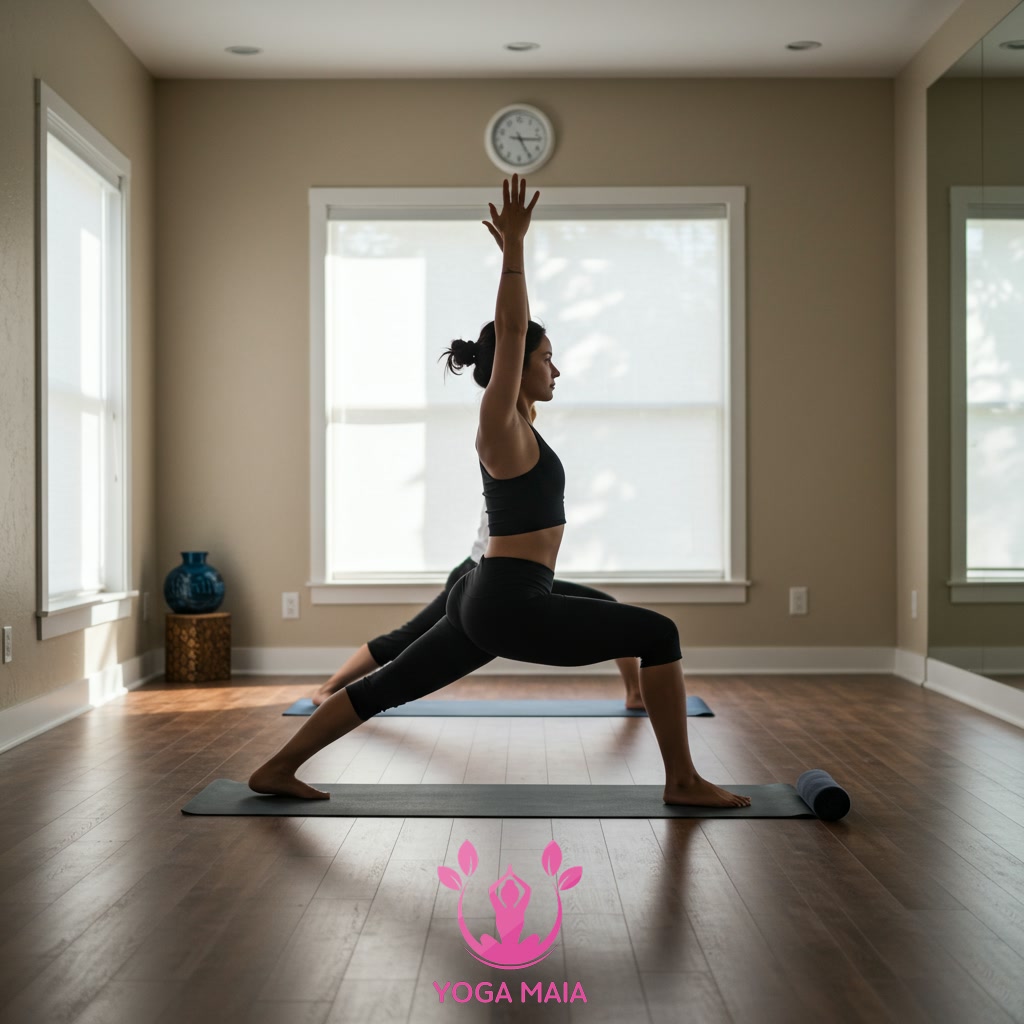 Key Breathing Techniques (Pranayama) for Asana Practice
Key Breathing Techniques (Pranayama) for Asana Practice
Section 4: Integrating Breath into Your Yoga Flow and Transitions
Integrating breath consciously into your yoga flow and transitions elevates your practice from a series of static poses to a dynamic, moving meditation. As you move from one asana to the next, let your inhale initiate expansive movements and your exhale guide you into grounding or contracting actions. This rhythmic connection between breath and movement creates a seamless flow, enhancing grace and fluidity. During transitions, maintain awareness of your breath; it acts as an anchor, providing stability and preventing jerky movements. By consciously linking breath to every shift and pose, you deepen body awareness, improve focus, and experience the true unity of breath and movement inherent in a mindful yoga practice.
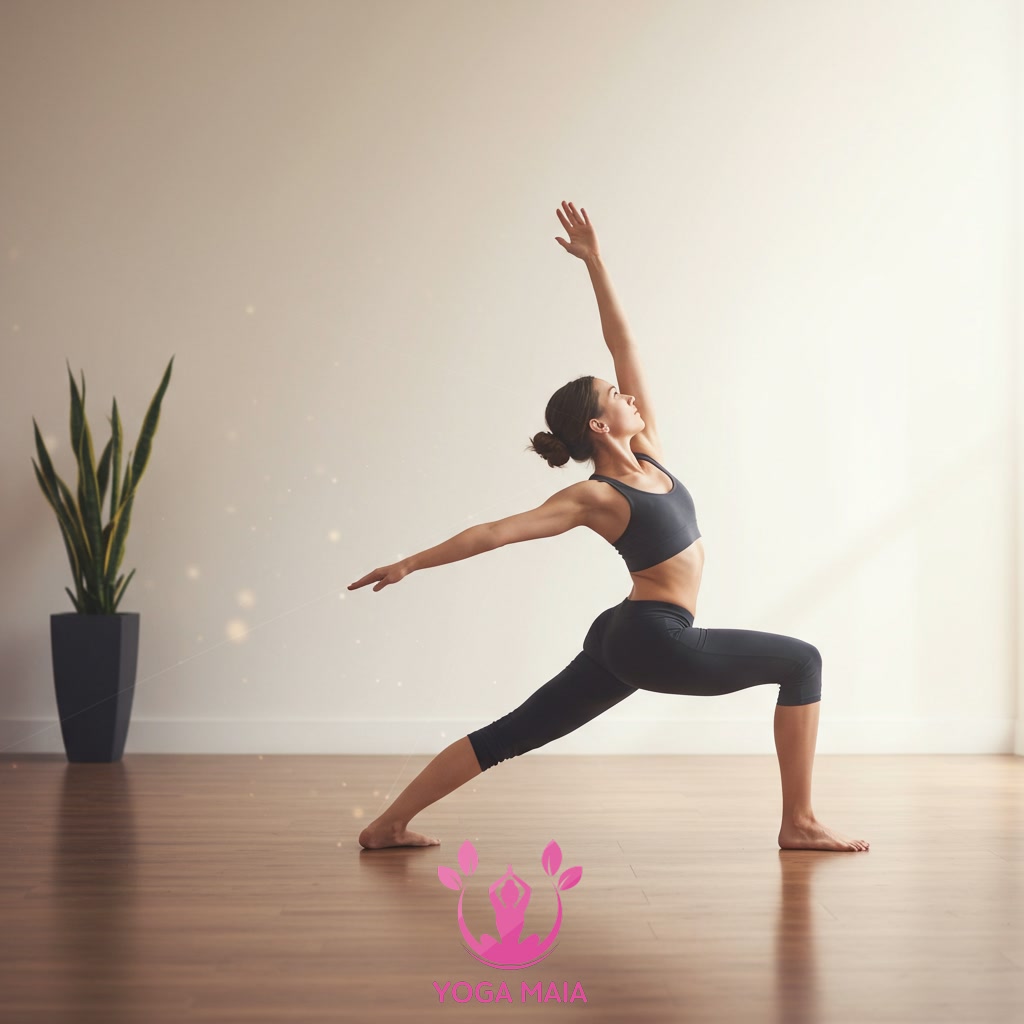 Integrating Breath into Your Yoga Flow and Transitions
Integrating Breath into Your Yoga Flow and Transitions
Section 5: Applying Conscious Breathing in Specific Pose Categories
Building on integrating breath into flow, we now explore applying conscious breathing within specific pose categories. Different types of asanas benefit from distinct breathing approaches to enhance their effect. For instance, in standing poses, cultivate a steady, grounding breath to build stability and root down. Forward bends invite a focus on the exhale, facilitating release and surrender into the stretch. Conversely, backbends often pair well with an expansive inhale to open the chest and front body. Twists can be deepened by using the exhale to gently twist further. Seated poses, whether for stretching or meditation, benefit from calm, even breathing to promote focus and stillness. Paying attention to how your breath interacts with the physical demands and intentions of each pose category unlocks deeper layers of awareness and sensation.
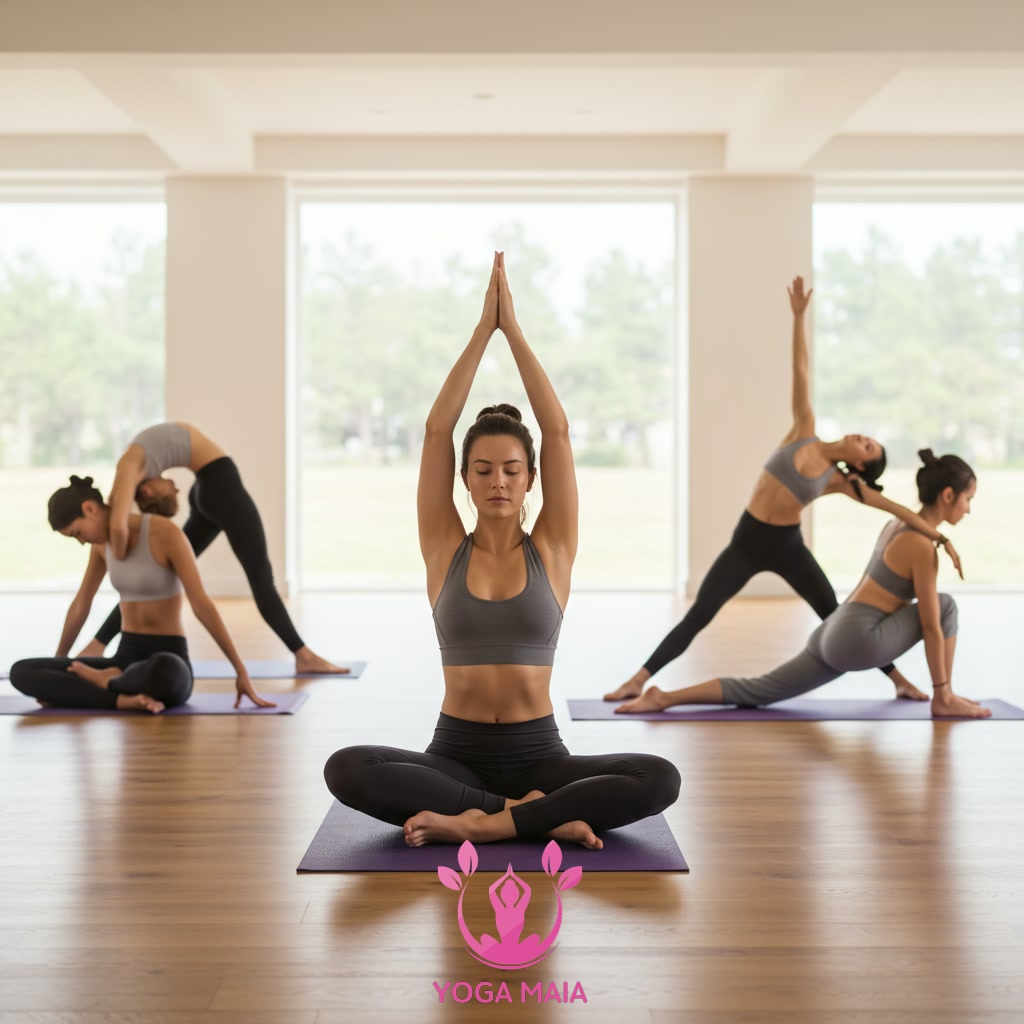 Applying Conscious Breathing in Specific Pose Categories
Applying Conscious Breathing in Specific Pose Categories
Section 6: Benefits of Deepened Poses Through Breath Control
Building on the integration of breath into specific pose categories, consciously controlling your respiration within an asana unlocks profound benefits. By deepening and steadying the breath, practitioners can find greater stability in balancing postures, using the connection between core engagement and exhalation to anchor themselves. Controlled breathing also facilitates increased flexibility; a mindful exhale can guide you deeper into stretches, helping to release muscular tension and expand your range of motion safely. Furthermore, focusing on the breath during holds cultivates heightened body awareness, allowing you to feel the subtle shifts and energies within the pose, fostering a stronger mind-body connection and a more centered, enriching yoga experience.
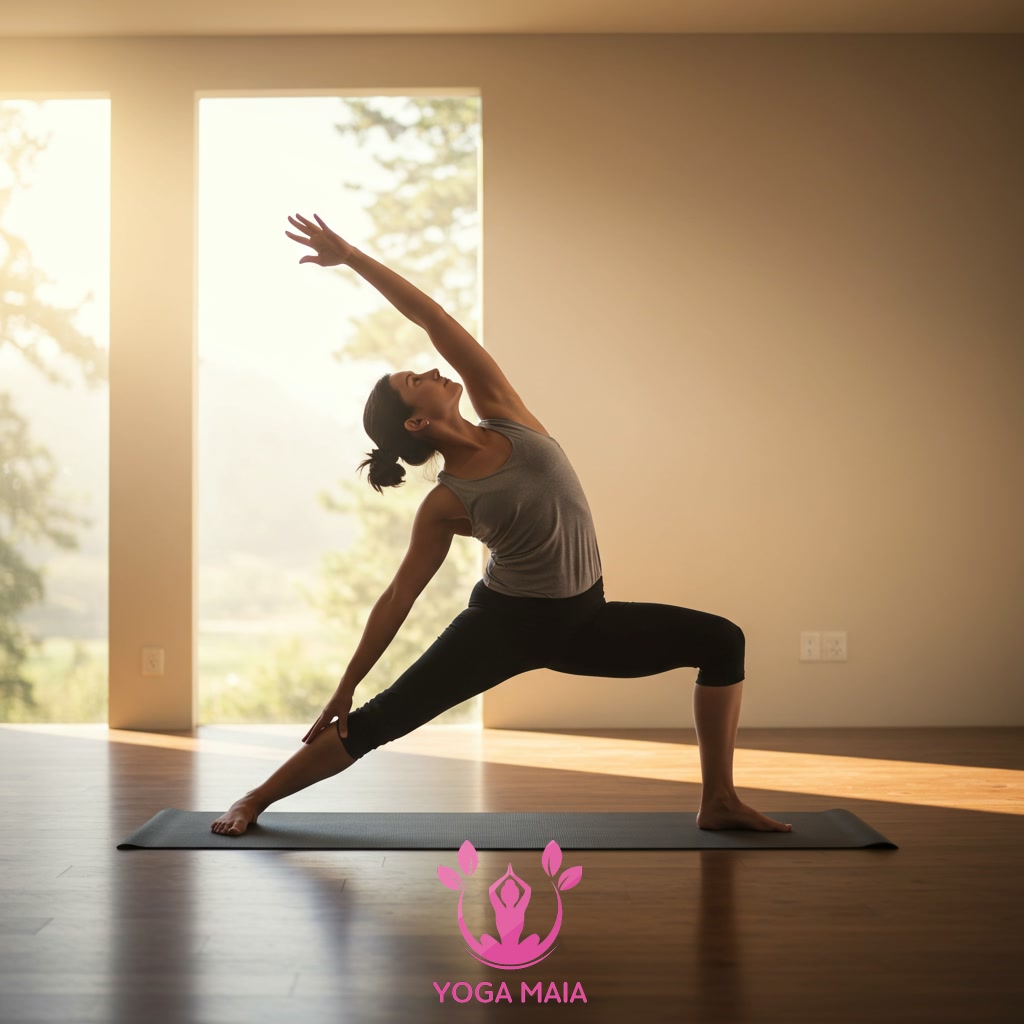 Benefits of Deepened Poses Through Breath Control
Benefits of Deepened Poses Through Breath Control
Section 7: Tips for Cultivating a Consistent Conscious Breathing Practice
Cultivating a consistent conscious breathing practice requires intentional effort beyond the yoga mat. Begin by dedicating just a few minutes each day, perhaps upon waking or before sleeping, to simply observe your breath without trying to change it initially. As comfort grows, gradually introduce simple techniques like lengthening the exhale or practicing box breathing. Integrate short moments of conscious breathing into your daily routine – pause before a meal, during a walk, or while waiting. Don’t strive for perfection; consistency is key. Be patient with yourself, acknowledging that some days will feel easier than others. Finding a specific time or trigger can help establish the habit, making conscious breathing a natural, supportive part of your daily life, which in turn profoundly enhances your yoga practice.
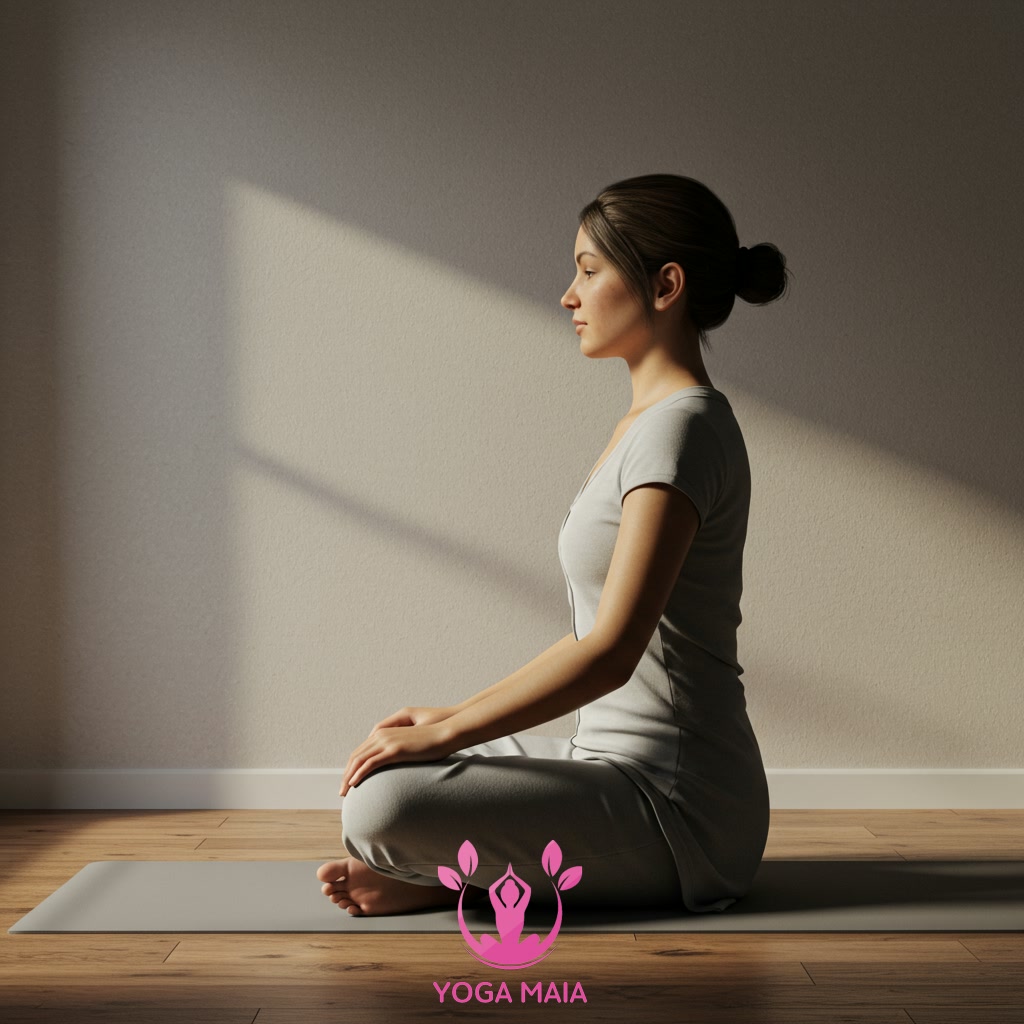 Tips for Cultivating a Consistent Conscious Breathing Practice
Tips for Cultivating a Consistent Conscious Breathing Practice












